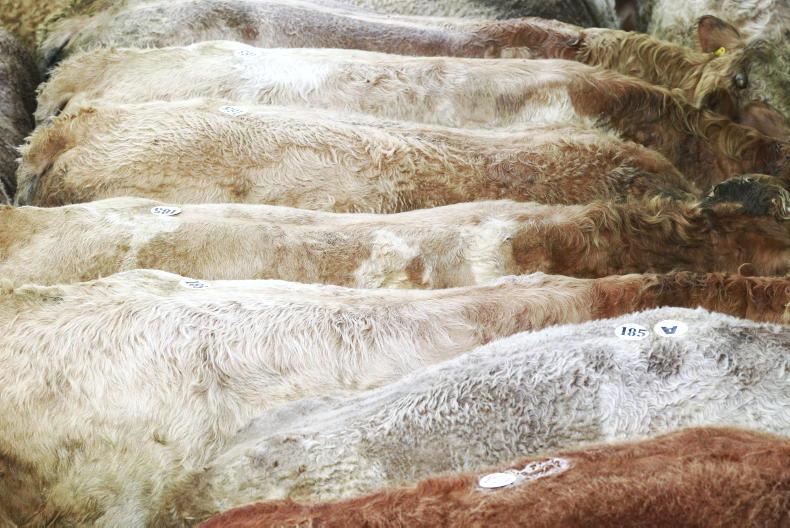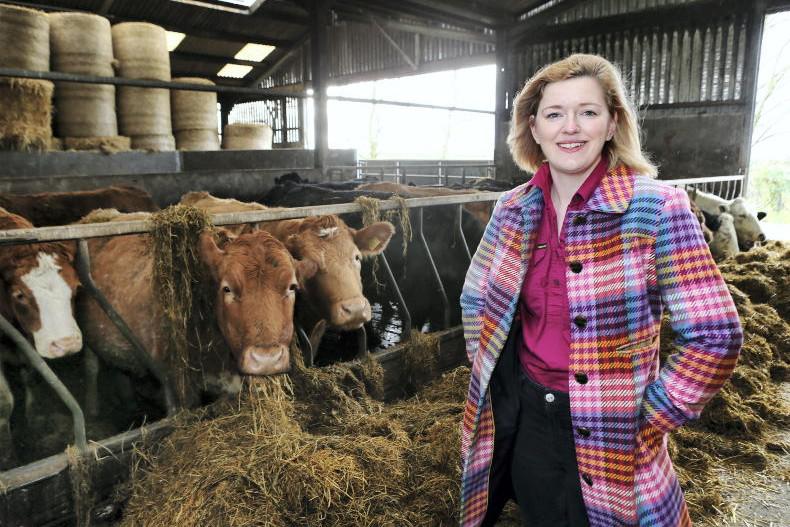Over the last few weeks there has been a noticeable change in daylight hours, with 50 minutes in the mornings and over an hour of daylight in the evenings being lost throughout the month of August.
With it comes a change in farmer mindset as preparation for autumn and the upcoming winter kicks into gear.
For those on heavier ground, the fine weather is currently allowing farmers to plan an extra few weeks of grazing this back end, albeit dependant on rainfall in the coming weeks.
In contrast, for farmers on drier ground or further south, the current lack of grass growth means a premature ending of the grazing season for at least some stock.
With uncertainty in housing dates it can be difficult to plan vaccination programmes, but the key is to have stock vaccinated in good enough time for maximum immunity to be reached prior to the main stress period (weaning/housing/selling) to provide the best protection to stock.
I take a look at the vaccination protocol on the THRIVE dairy calf-to-beef demonstration farm.
Anthelmintic resistance remains a key challenge for the livestock sector and one that needs to be constantly considered.
Darren Carty looks at the benefits and opportunities of faecal egg count reduction tests as a tool to help assess where your farm stands in the battle with resistance, and how it can play a key role in protecting your farm in the future.
On sheep farms, preparation for breeding is in full swing and routine tasks should be carried out well in advance of the rams being let out to ewes.
Martin Merrick looks at lameness in sheep, the causes, prevention and treatment options while Darren Carty outlines how to implement a mineral supplementation programme as part of the Sheep Welfare Scheme.










SHARING OPTIONS